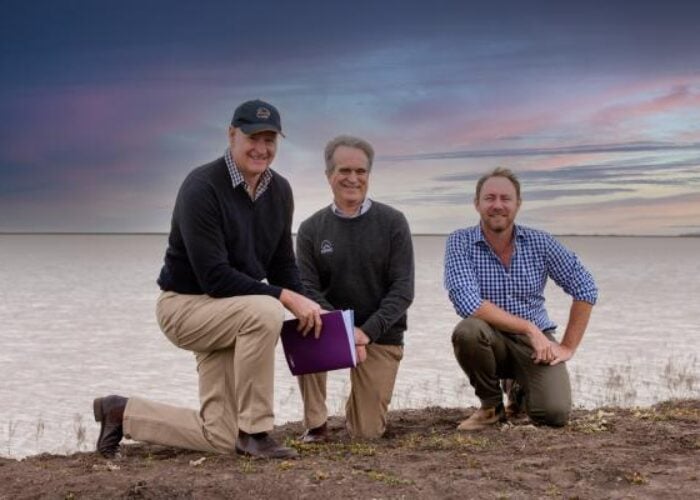
New York State has announced plans to speed up the permitting process for distributed renewable energy and transmission projects, alongside an initiative to boost access to community solar.
State governor Kathy Hochul proposed the Renewable Action Through Project Interconnection and Deployment (RAPID) Act on Tuesday (9 January). The act would group the environmental review and permitting process for new renewable energy and transmission projects within the Office of Renewable Energy Siting (ORES) at the Department of Public Service (DPS).
Unlock unlimited access for 12 whole months of distinctive global analysis
Photovoltaics International is now included.
- Regular insight and analysis of the industry’s biggest developments
- In-depth interviews with the industry’s leading figures
- Unlimited digital access to the PV Tech Power journal catalogue
- Unlimited digital access to the Photovoltaics International journal catalogue
- Access to more than 1,000 technical papers
- Discounts on Solar Media’s portfolio of events, in-person and virtual
For transmission, the act would effectively speed up the approvals process whilst remaining “responsive to community feedback and environmental considerations”, according to a press release from the governor’s office. The New York Public Utilities Commission (PUC) approved a US$4.4 billion package of transmission upgrades in February 2023, which it said would enable an additional 3.5GW of renewable energy generation capacity additions.
In a November report, US law firm Troutman Pepper highlighted interconnection queues and permitting as two of the blockades holding back the development and upgrading of the US’ transmission networks.
The state has a target of reaching 70% renewable energy use by the end of this decade.
Hochul also proposed to compel the DPS to “open a proceeding” to improve the interconnection process for distributed renewable energy sources. The proceeding would include incentives, penalties, and other mechanisms to speed up interconnection by state utilities.
New York is already a prominent state market for distributed solar, particularly community solar. Community solar is the term for a small- to medium-scale solar project that directly benefits a local community, often through shared ownership and often in less economically prosperous areas.
On Thursday 8th of May 2023 New York State posted a record for solar generation with 3.3GW at midday. Of this generation, 3.2GW came from distributed sources like community and rooftop solar. As of December 2023, the New York State Energy and Research Development Authority said that the state had passed 2GW of installed community solar capacity. According to the Solar Energy Industries Association (SEIA) there was 6.2GW of community solar capacity installed across the entire US.
“With bold actions to deploy renewable energy swiftly and transition away from fossil fuels, we are not only charting the course for a cleaner and healthier New York State, but we are making important changes that will reduce costs for our most vulnerable New Yorkers,” Hochul said.
Energy Affordability
In the same announcement, the governor said that New York would launch a Statewide Solar for All initiative that combines the Energy Affordability Program – an existing scheme whereby utilities provide discounts to low-income households – with community solar to deliver renewable energy to eligible households. Details of the scheme were not revealed.
Measures were also announced to empower the DPS to direct utilities to “manage the transition to clean energy sources responsibly and affordably.” This would include protection for consumers against bearing the cost of utilities’ investment into any fossil fuels infrastructure which, in principle, would disincentivise the construction of such projects.
Construction was also ordered on the largest solar carport canopy. Located at JFK Airport, the installation will feature 12.3MW of solar PV and 7.5MW battery storage which will reduce energy use at the airport during peak demand periods.







